Rezoana Bente Arif
Study and Observation of the Variation of Accuracies of KNN, SVM, LMNN, ENN Algorithms on Eleven Different Datasets from UCI Machine Learning Repository
Sep 22, 2018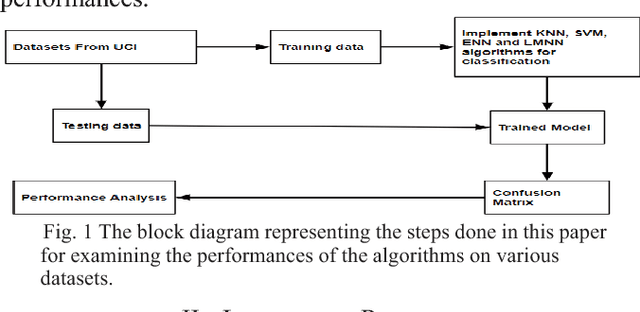
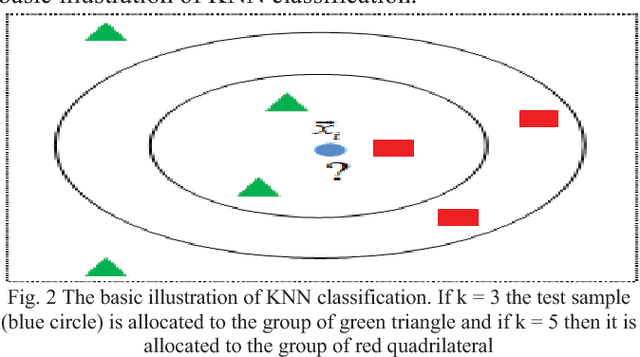
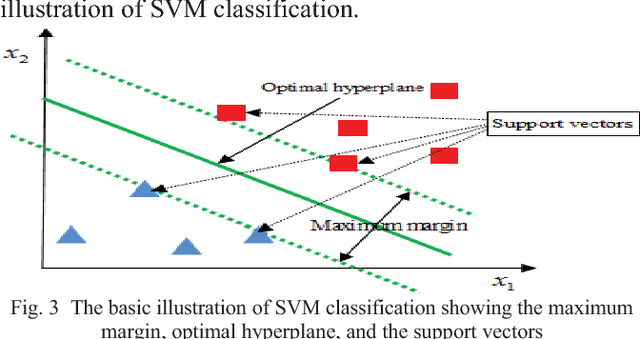
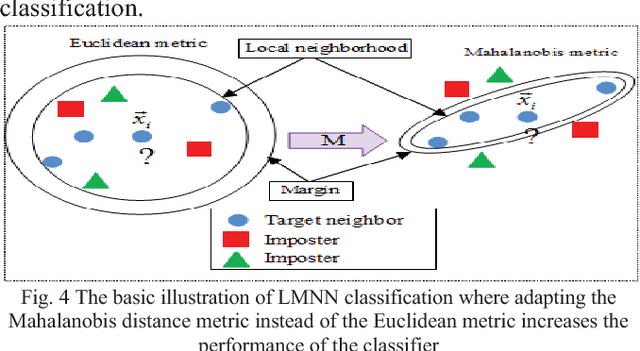
Abstract:Machine learning qualifies computers to assimilate with data, without being solely programmed [1, 2]. Machine learning can be classified as supervised and unsupervised learning. In supervised learning, computers learn an objective that portrays an input to an output hinged on training input-output pairs [3]. Most efficient and widely used supervised learning algorithms are K-Nearest Neighbors (KNN), Support Vector Machine (SVM), Large Margin Nearest Neighbor (LMNN), and Extended Nearest Neighbor (ENN). The main contribution of this paper is to implement these elegant learning algorithms on eleven different datasets from the UCI machine learning repository to observe the variation of accuracies for each of the algorithms on all datasets. Analyzing the accuracy of the algorithms will give us a brief idea about the relationship of the machine learning algorithms and the data dimensionality. All the algorithms are developed in Matlab. Upon such accuracy observation, the comparison can be built among KNN, SVM, LMNN, and ENN regarding their performances on each dataset.
Study and Observation of the Variations of Accuracies for Handwritten Digits Recognition with Various Hidden Layers and Epochs using Convolutional Neural Network
Sep 22, 2018
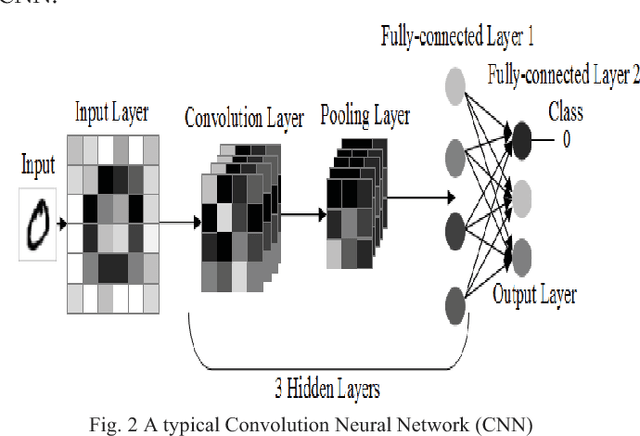
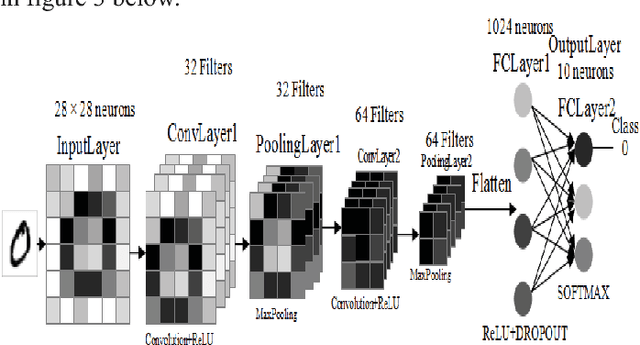
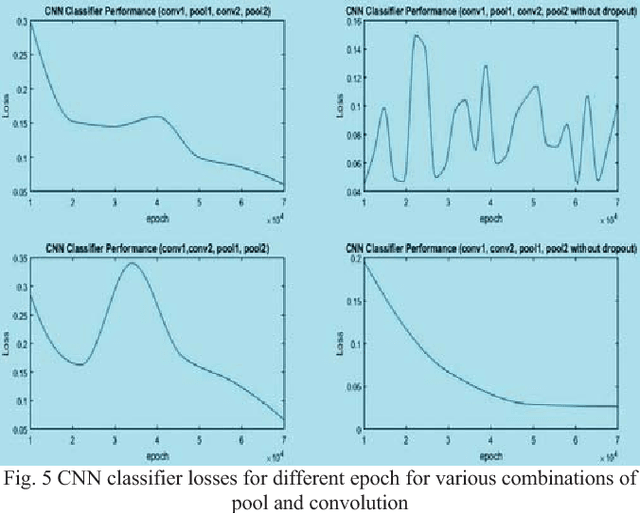
Abstract:Nowadays, deep learning can be employed to a wide ranges of fields including medicine, engineering, etc. In deep learning, Convolutional Neural Network (CNN) is extensively used in the pattern and sequence recognition, video analysis, natural language processing, spam detection, topic categorization, regression analysis, speech recognition, image classification, object detection, segmentation, face recognition, robotics, and control. The benefits associated with its near human level accuracies in large applications lead to the growing acceptance of CNN in recent years. The primary contribution of this paper is to analyze the impact of the pattern of the hidden layers of a CNN over the overall performance of the network. To demonstrate this influence, we applied neural network with different layers on the Modified National Institute of Standards and Technology (MNIST) dataset. Also, is to observe the variations of accuracies of the network for various numbers of hidden layers and epochs and to make comparison and contrast among them. The system is trained utilizing stochastic gradient and backpropagation algorithm and tested with feedforward algorithm.
Study and Observation of the Variations of Accuracies for Handwritten Digits Recognition with Various Hidden Layers and Epochs using Neural Network Algorithm
Sep 22, 2018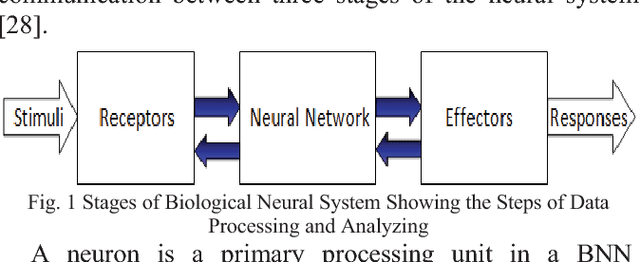
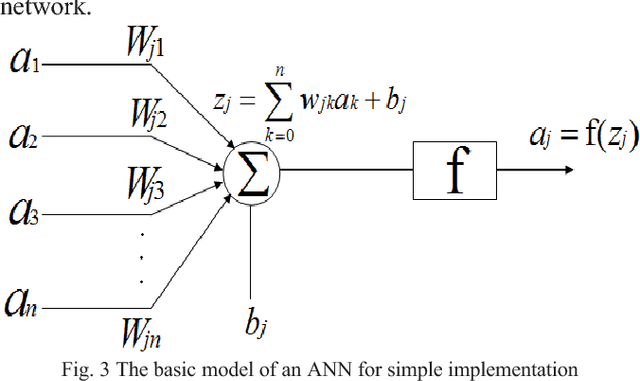
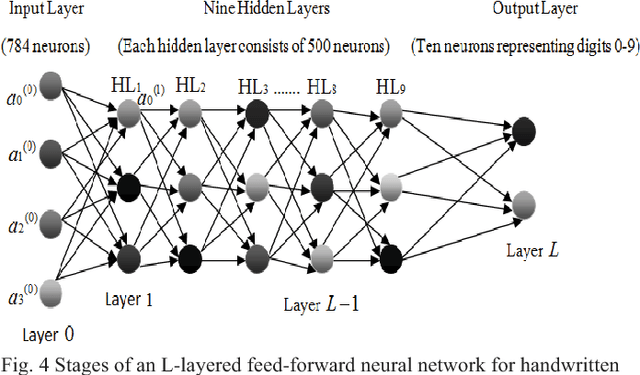
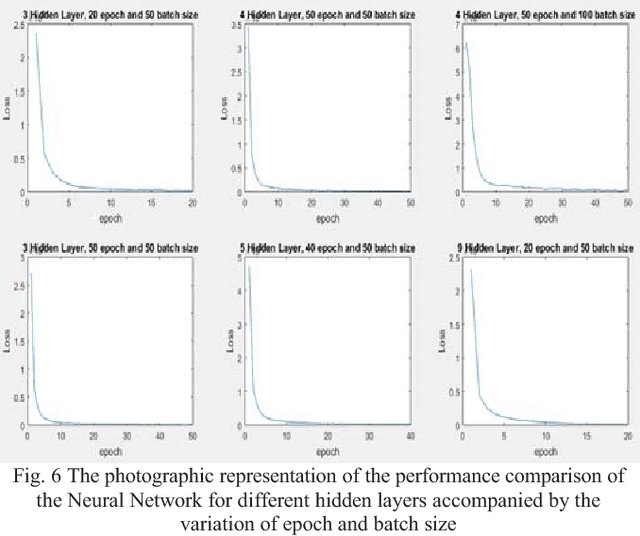
Abstract:In recent days, Artificial Neural Network (ANN) can be applied to a vast majority of fields including business, medicine, engineering, etc. The most popular areas where ANN is employed nowadays are pattern and sequence recognition, novelty detection, character recognition, regression analysis, speech recognition, image compression, stock market prediction, Electronic nose, security, loan applications, data processing, robotics, and control. The benefits associated with its broad applications leads to increasing popularity of ANN in the era of 21st Century. ANN confers many benefits such as organic learning, nonlinear data processing, fault tolerance, and self-repairing compared to other conventional approaches. The primary objective of this paper is to analyze the influence of the hidden layers of a neural network over the overall performance of the network. To demonstrate this influence, we applied neural network with different layers on the MNIST dataset. Also, another goal is to observe the variations of accuracies of ANN for different numbers of hidden layers and epochs and to compare and contrast among them.
ADBSCAN: Adaptive Density-Based Spatial Clustering of Applications with Noise for Identifying Clusters with Varying Densities
Sep 22, 2018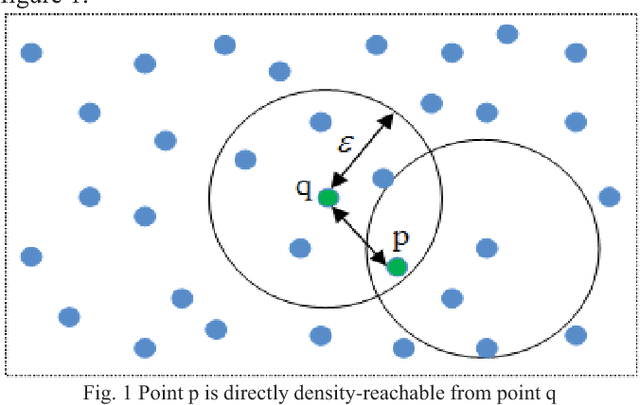
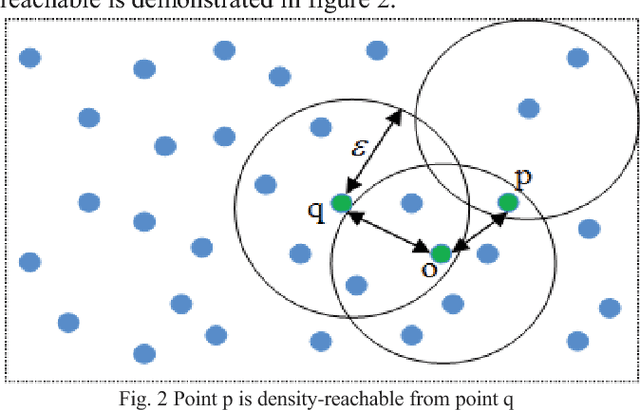
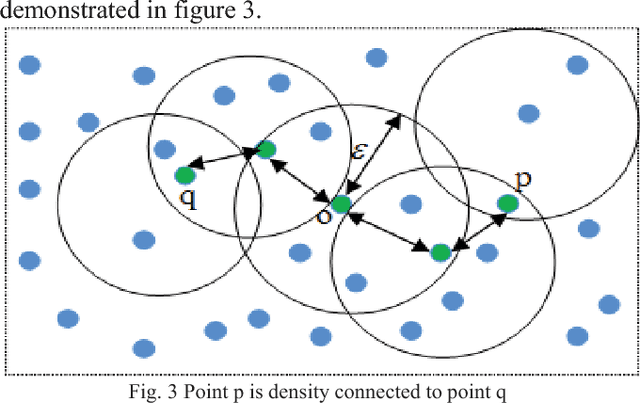
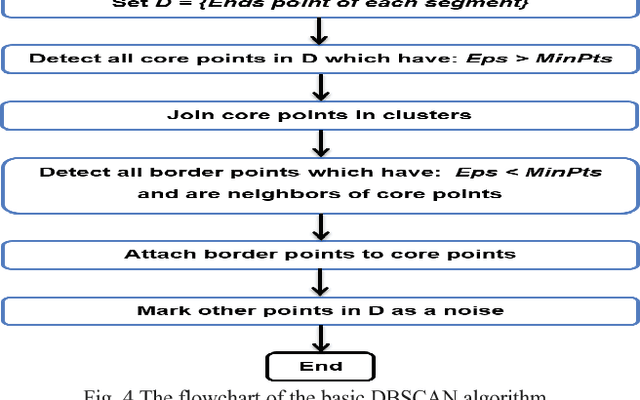
Abstract:Density-based spatial clustering of applications with noise (DBSCAN) is a data clustering algorithm which has the high-performance rate for dataset where clusters have the constant density of data points. One of the significant attributes of this algorithm is noise cancellation. However, DBSCAN demonstrates reduced performances for clusters with different densities. Therefore, in this paper, an adaptive DBSCAN is proposed which can work significantly well for identifying clusters with varying densities.
Implementation of Fuzzy C-Means and Possibilistic C-Means Clustering Algorithms, Cluster Tendency Analysis and Cluster Validation
Sep 22, 2018
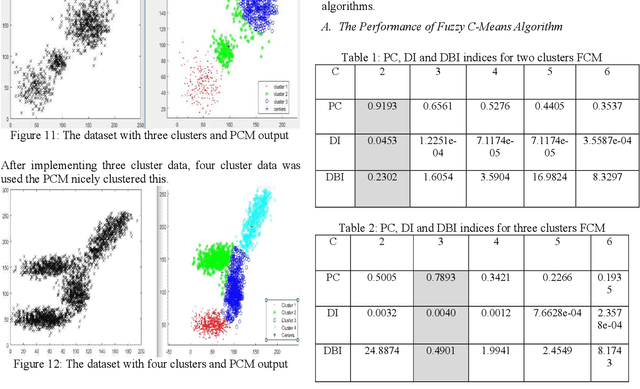


Abstract:In this paper, several two-dimensional clustering scenarios are given. In those scenarios, soft partitioning clustering algorithms (Fuzzy C-means (FCM) and Possibilistic c-means (PCM)) are applied. Afterward, VAT is used to investigate the clustering tendency visually, and then in order of checking cluster validation, three types of indices (e.g., PC, DI, and DBI) were used. After observing the clustering algorithms, it was evident that each of them has its limitations; however, PCM is more robust to noise than FCM as in case of FCM a noise point has to be considered as a member of any of the cluster.
 Add to Chrome
Add to Chrome Add to Firefox
Add to Firefox Add to Edge
Add to Edge